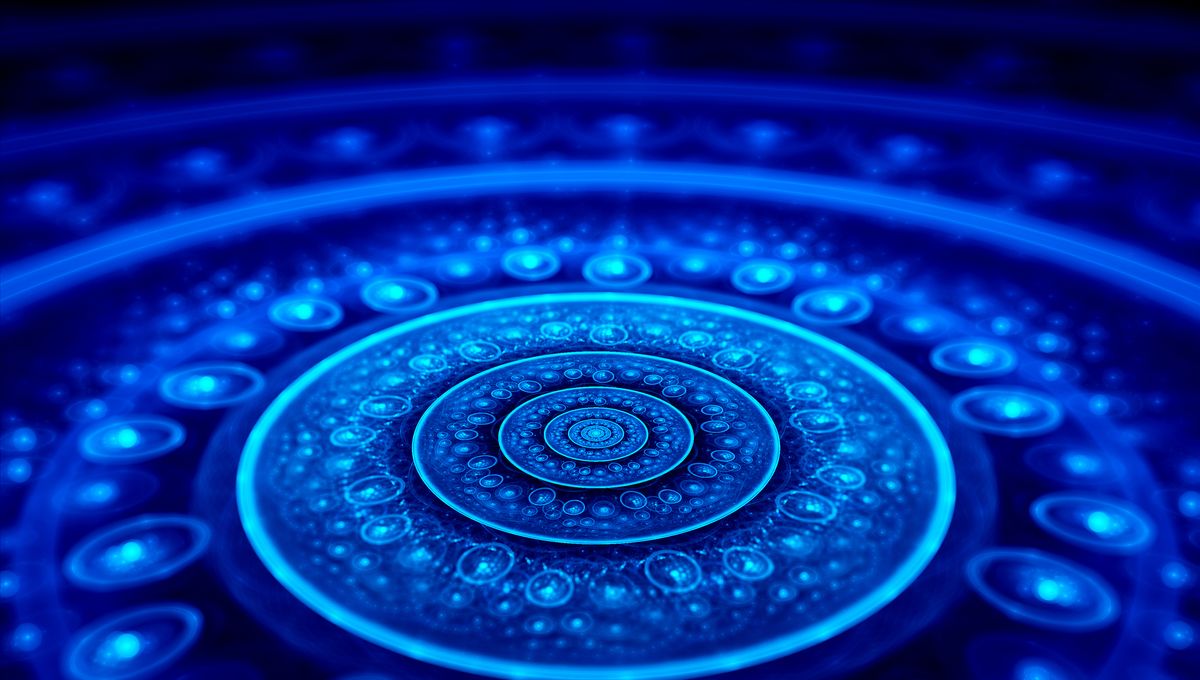
High-precision measurements of time have the potential to provide a new way to study the universe by testing both quantum mechanics and our theory of gravity. In the last few years, optical clocks have broken record after record, but there is a way to get even more precise and that is to build a nuclear clock. Now, new measurements that have eluded physicists for years have brought us a step closer to one.
While an atomic clock measures the transitions of excited electrons inside an atom to measure time, a nuclear clock looks for these transitions in an atomic nucleus. This has a few advantages. The nucleus is much smaller than an atom so it is less susceptible to external influences that might affect the number of oscillations. The best optical atomic clocks have a precision of 10−18, so they have an inaccuracy of 1 second every 30 billion years. A nuclear clock would be at least 10 times more precise.
So what are we waiting for? Well, for most atoms nuclear transitions require more energy than the transitions you get with electrons. With our current understanding and technology, there is only one possible element that works: thorium-229.
Exciting this nucleus to its first higher-energy state (also known as its isomer) doesn’t take much energy. When the isomer goes back to being in its ground state it emits a photon, a process known as radiative decay. This photon is key to the nuclear clock setup but researchers had not previously been able to measure this decay – until now.
A team led by Sandro Kraemer at Ludwig Maximilian University of Munich in Germany measured photons in the ultraviolet with a wavelength of 148 nanometers and a transition energy of 8.338 electronvolts. Typical energies are hundreds if not thousands of times higher than that. This is the most precise measurement of the isomer’s energy, improving the theoretical picture of a nuclear clock.
“We have finally succeeded in observing a clear signature for the radiative decay of the thorium-229 nuclear isomer in our experiments,” co-author Dr Mustapha Laatiaoui, junior research group leader at Johannes Gutenberg University Mainz, said in a statement.
“As a result, we have managed to measure its excitation energy with an accuracy improved by a factor of seven than previous results. And on the basis of our measurements, we have even been able to estimate the half-life of the radiative transition, which we put at about 10 minutes.”
The physicists used the ISOLDE facility at CERN. There actinium-229 atoms implanted in a crystal were left to decay and turn into thorium-229. By using a technique called vacuum ultraviolet spectroscopy they were able to determine the properties of this element with the highest precision yet.
“ISOLDE is currently one of only two facilities in the world that can produce actinium-229 isotopes,” Kraemer noted. “By incorporating these isotopes in calcium fluoride or magnesium fluoride crystals, we produced many more isomeric thorium-229 nuclei and increased our chances of observing their radiative decay.”
Thorium-299 encased in a magnesium fluoride crystal had already been considered a potential setting for a nuclear clock. This new study shows that although more work is necessary, it’s a good bet.
The findings were published in the journal Nature.
Source Link: We Just Took A Step Closer To Building The First Nuclear Clocks